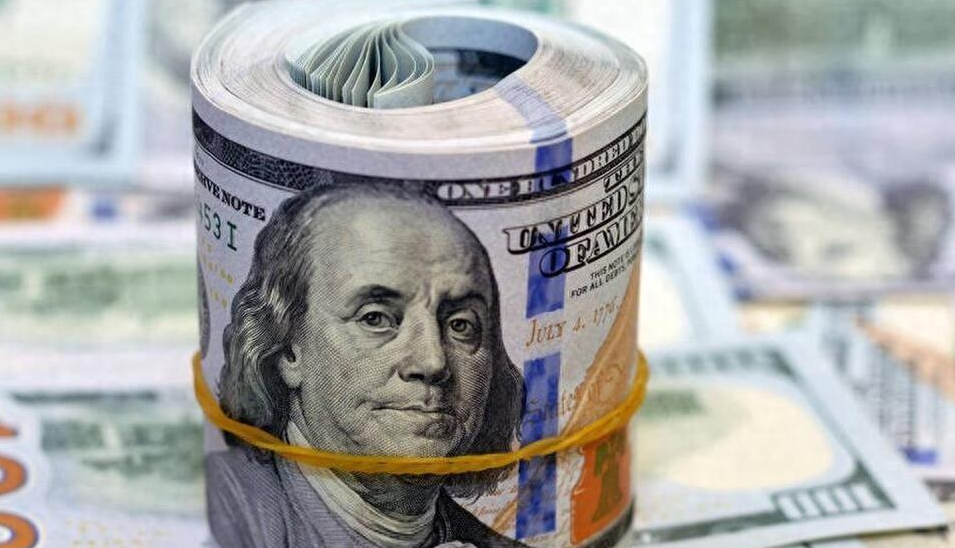US Tariffs Threaten ECB Rate Cuts
Advertisements
The global investment landscape is shifting dramatically as geopolitical tensions and monetary policy adjustments create ripples throughout financial markets. According to strategists at State Street Global Advisors, 2023 may well be the year of European bonds, which are poised to outperform their American counterparts due to significant shifts in interest rate expectations caused by new tariffs threatened by the U.S. government.
The contention surrounding U.S. tariffs has arisen amid concerns over America's trade imbalances with the European Union, which have intensified the focus on the eurozone's economic growth and inflation dynamics. With signs of stagnation in economic growth and a decline in inflation in the EU, the imposition of U.S. tariffs could add further strain on an already beleaguered export-driven economy. In light of these pressures, State Street’s strategists argue that the European Central Bank (ECB) might be compelled to significantly reduce interest rates, slashing them from 2.75% to 1.5%. This prospective cut stands in stark contrast to market expectations, which previously anticipated a more modest decrease to around 1.9%.
As the ECB signals its intention to lower rates, the re-evaluation of European bonds' appeal is likely. This is particularly relevant when compared to U.S. Treasury yields, where the Federal Reserve's anticipated moves suggest only one to two rate cuts of 25 basis points each over the course of the year. Given these factors, the euro is expected to depreciate against the dollar, potentially returning to parity as these adjustments occur.
Altaf Kassam, who heads investment strategy and research for the EMEA region at State Street, articulated a bold prediction: "This year might very well belong to European government bonds. The pace of easing in Europe is set to be more pronounced than that in the U.S." His comments highlight an important divergence in monetary policy approaches that could reshape investment dynamics across the Atlantic.
Meanwhile, the gap between U.S. and German bond yields remains wide, reflecting the distinct economic and monetary policy landscapes in both regions. Earlier this week, U.S. President's remarks about looming tariffs on the eurozone led to an immediate spike in eurozone bond prices; however, the subsequent agreement to suspend tariffs on goods from Canada and Mexico eased fears of a global trade war, causing a reversal in eurozone bond prices almost immediately.
Amplifying this cautious optimism is Elliot Hentov, the head of macro policy research at State Street, who warns that such hope may be misplaced. He asserts that while the President may use tariffs as a bargaining chip in negotiations with Canada and Mexico, a more uncompromising stance is likely when dealing with the EU due to underlying economic motivations. Hentov explained that further rate cuts from the ECB could reduce the euro's value against the dollar significantly, citing a recent exchange rate of approximately 1.04, a recovery from a low of 1.0141 earlier in the week.

To understand the impact of these rate changes, one must consider how interest rates fundamentally influence exchange rates. A cut in rates by the ECB diminishes yields on euro-denominated investments, resulting in decreased returns for investors and thereby dampening demand for the euro. In contrast, the dollar currently maintains a strong position within the global economy, which could further exacerbate the euro's descent.
The investment landscape can be exceedingly fickle, and last year, Lori Heinel, State Street's Chief Investment Officer, accurately predicted a 50 basis point cut from the Federal Reserve, signaling the onset of an easing cycle. However, her expectations of 150 basis points in cuts by the end of 2024 proved overly aggressive, as the Fed ultimately lowered rates by just 100 basis points over that interval. This discrepancy underscores the complexities and unpredictability inherent in monetary policy adjustments, which must account for various factors such as economic growth, inflation, and employment, all of which are in constant flux.
Currently, markets are gearing up for the next Fed rate cut expected in July, with a 65% probability of another cut later in December. Notably, a market-based long-term inflation metric in the U.S. currently rests above 2.5%, outpacing the eurozone's comparable measure by 50 basis points. This higher inflation sets parameters that restrict the U.S. Federal Reserve's ability to enact aggressive cuts, while the relatively lower inflation in the eurozone provides the ECB with more latitude to maneuver.
In Kassam's perspective, the specter of inflation—long thought to be contained—has not fully dissipated. "Unfortunately, we believe the inflation dragon thought to be vanquished is still very much alive. At least in the short term, non-U.S. bonds present a greater opportunity," he said. The combined factors of slowing global economic growth and heightened trade uncertainties position European bonds as more attractive. As investors navigate this complex matrix of monetary policy and economic fluctuation, a keen understanding of each region's unique environment becomes vital for optimized asset allocation and robust investment returns.
Investors are thus encouraged to closely monitor these developments as they craft their portfolios. The dance between tariffs, rate cuts, and currency valuations creates a dynamic environment filled with both challenges and opportunities. Moreover, a shift in focus from U.S. to European bonds could signify a larger trend influenced by prevailing economic conditions and investor sentiment. As the narrative evolves, it serves as a reminder of the interconnected nature of global finance and the ripple effects stemming from policy decisions made in one corner of the world that reverberate across the entire financial ecosystem.
Leave a comment
Your email address will not be published